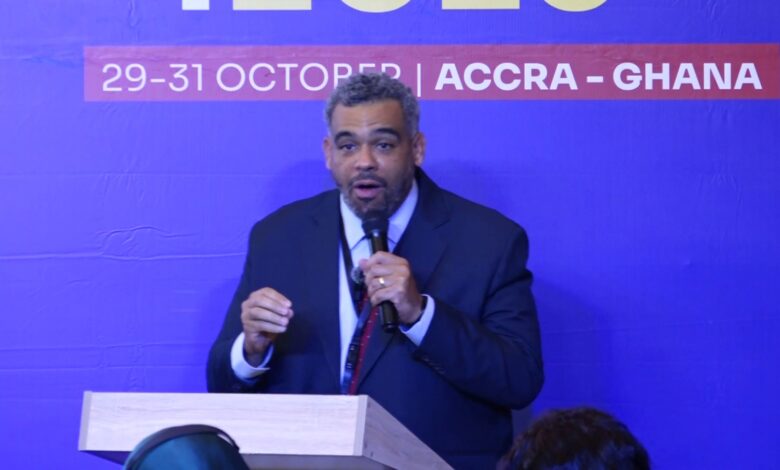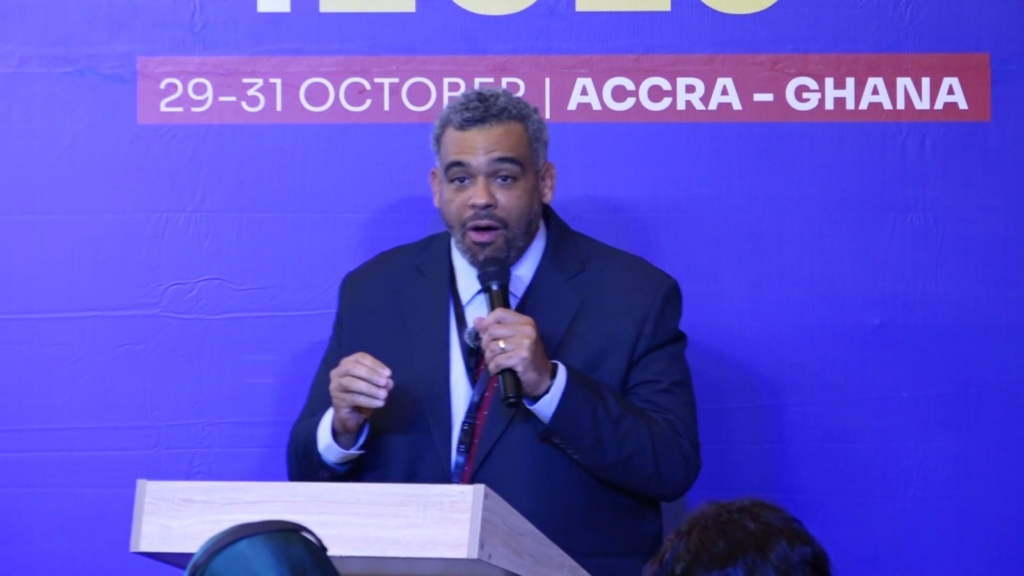Poor curriculum design accounts for poor language fluency across Africa – research


A research paper, “Effective Reading Instruction in Low- and Middle-Income Countries: What the Evidence Shows”, presented at the 2025 Triennale Conference of the Association for the Development of Education in Africa by the Global Education Evidence Advisory Panel (GEEAP) had shown that by grade two, children in low and middle income countries have an average language fluency deficit of 20 percent.
Dr. Benjamin Piper of the Gates Foundation and GEEAP member, highlighted the persistent fluency deficit as a result of poor curriculum design as educators across the continent gathered to discuss reading outcomes in low- and –middle-income countries.
“On average, you find a very big gap in grade 2, which is 20, with where many languages say you should be by grade 2, which is around 40-45. Recognizing, of course, that many languages are agglutinating, the length of language is different, and the style of language is different. Part of the reason outcomes are bad is because we, as a sector, have implemented poorly designed programs that do not follow the evidence”.
A Professor of International Education and Development at the Open University in the United Kingdom, Professor Kwame Acheampong also highlighted on the reason accounting to the deficit with respect to African countries.
“We need to explore what the local evidence is. So for example, in a country like Ghana, you have several languages. What’s the best way in which we can translate some of the evidence about literacy into the Ghanaian context? So we need the local evidence also, so that the local evidence can speak to the global and can make the global evidence much more relevant”.
Dr. Piper further spelled out a few recommendations that can curb this fluency deficit. “Learning to read relies on two core skills, decoding. Decoding is making sure that children recognize the relationship between letters and sounds and can put those letters and sounds together. Some people call a portion of this phonics. Good instruction, based on the science of reading, includes phonics.”
“It also includes language comprehension. Children need to know the language, the oral skills, understand the vocabulary from their context in their particular languages, the meaning of words, sentences, and texts. These two things interact together. Without decoding, readers don’t know words. Without language comprehension, they can read it, but they can’t grasp the meaning,” he added.
Stakeholders are calling for targeted interventions and evidence-based policies to ensure every child can read, understand, and thrive in school.
DISCLAIMER: The Views, Comments, Opinions, Contributions and Statements made by Readers and Contributors on this platform do not necessarily represent the views or policy of Multimedia Group Limited.
Tags:
DISCLAIMER: The Views, Comments, Opinions, Contributions and Statements made by Readers and Contributors on this platform do not necessarily represent the views or policy of Multimedia Group Limited.
Source link





